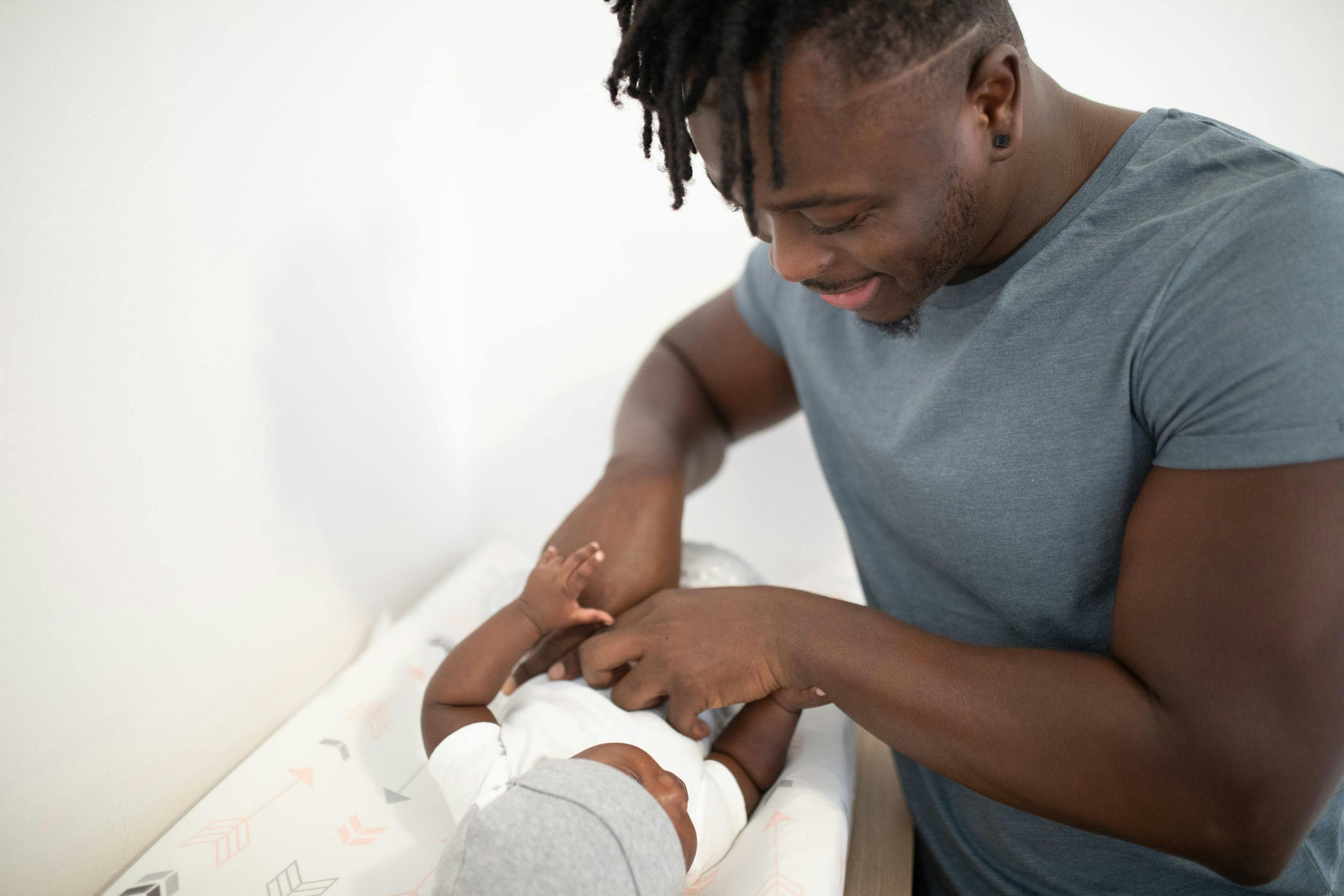As a mom myself, I’ve faced my fair share of childhood ailments, but one that truly challenged me was eczema. My son, developed eczema at just six months old. Through trial and error, countless doctor visits, and extensive research, I’ve gathered a wealth of knowledge on managing this condition. Here’s my guide to help other moms navigate the eczema journey, from getting a diagnosis to effective treatment strategies.
This post may contain affiliate links. Any purchase made through such links will result in a small commission for the author, at no additional cost to the you.
When to Get a Diagnosis
Eczema can often be confused with other skin conditions like rashes or allergies. So, when should you seek a diagnosis? Look out for these signs:
- Persistent Itching: If your child is constantly scratching, especially at night.
- Dry, Scaly Patches: Commonly found on the cheeks, arms, legs, and behind the knees.
- Red, Inflamed Skin: Particularly in the creases of elbows or knees.
- Oozing or Crusting: Indications of a possible infection requiring immediate attention.
If you notice these symptoms persisting for more than a week, it’s time to consult a pediatrician or dermatologist.
How to Get a Diagnosis
- Visit Your Pediatrician: Start with your child’s primary doctor. They can often diagnose eczema based on a physical exam and your child’s medical history.
- Referral to a Dermatologist: For a more definitive diagnosis, your pediatrician may refer you to a dermatologist who can conduct specialized tests.
- Allergy Testing: Sometimes, eczema is triggered by allergens. An allergist can perform tests to identify potential triggers.
What to Look Out For
Monitoring your child’s symptoms is crucial for managing eczema effectively:
- Triggers: Common triggers include certain fabrics, soaps, temperature changes, and even stress.
- Infection Signs: Red streaks, pus, or increased warmth around the eczema patches.
- Response to Treatment: Keep track of which treatments work and which don’t.
How to Treat Eczema
Moisturizing: Frequent moisturizing is essential. Look for creams and ointments that are fragrance-free and specifically designed for sensitive skin. Some of my top recommendations are:
- Aquaphor Healing Ointment: Great for dry patches and creating a protective barrier.
- CeraVe Moisturizing Cream: Contains ceramides to restore the skin’s barrier.
- Aveeno Eczema Therapy: Formulated with colloidal oatmeal to soothe and protect.
Medications:
- Topical Steroids: These are often prescribed for flare-ups. Over-the-counter options include hydrocortisone cream, but stronger prescriptions might be needed.
- Non-Steroidal Creams: Options like Eucrisa (crisaborole) can be used for mild to moderate eczema.
- Oral Medications: For severe cases, oral antihistamines or immunosuppressants might be necessary, but these should be used under strict medical supervision.
Bathing Practices:
- Lukewarm Baths: Avoid hot water as it can dry out the skin.
- Gentle Cleansers: Use soap-free cleansers like Cetaphil or Vanicream.
- Pat Dry: Gently pat the skin dry and immediately apply moisturizer.
What to Avoid
- Fragranced Products: These can irritate sensitive skin.
- Harsh Soaps and Detergents: Opt for hypoallergenic and dye-free options.
- Rough Fabrics: Dress your child in soft, breathable fabrics like cotton.
- Scratching: Keep nails short and consider using mittens at night to prevent scratching.
Free Resources for Information and Help
- Offers comprehensive resources, support groups, and up-to-date research.
- Provides detailed information on eczema and other skin conditions.
- A UK-based charity offering practical advice and support for families.
Final Thoughts
Managing eczema can be challenging, but with the right knowledge and tools, you can significantly improve your child’s quality of life. Trust your instincts, consult with healthcare professionals, and stay informed. You’re not alone in this journey—support and resources are available to help you and your little one every step of the way.

